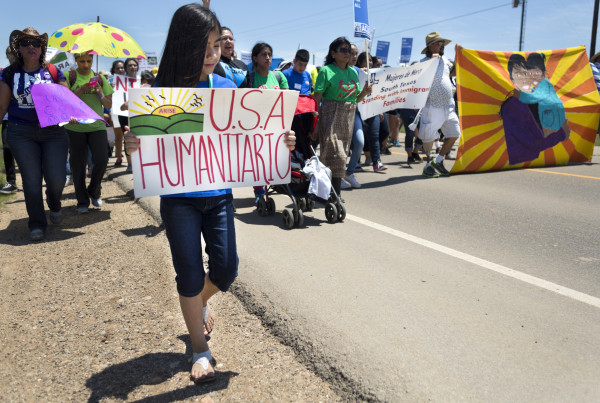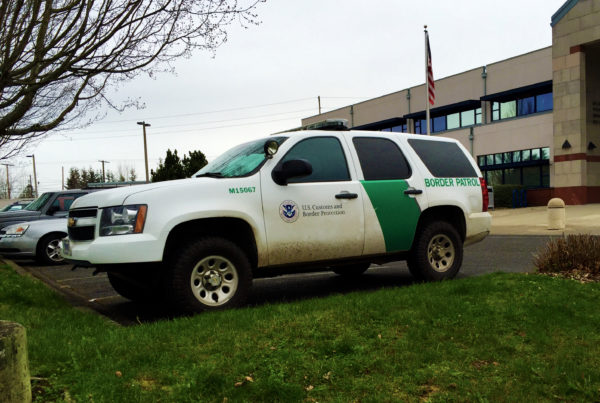Have you ever wondered what Texas was like during the Texas Revolution? Jesús de la Teja is a retired history professor at Texas State University, currently serving as the CEO of the Texas State Historical Association. He says the Texas of 1836 was a challenging place for newcomers.
“1836 is an interesting year. Texans are still defining who they are,” he says. “People were coming into an environment that is still very much in the hands of native peoples. The place is developing, but it is developing slowly. It is very much still a very harsh frontier. In 1836, there weren’t many places to go to get even basic necessities.”
Stores and mills – places to acquire life’s basic necessities – were rare.
“There’s still no Houston. There’s no Dallas, there’s no Austin… Much of the year is taken up with the task of building this new Texas,” de la Teja says.
But, the reality of building the new Texas doesn’t match the public perception of hardy, white pioneers, doing it on their own.
“Enslaved African-Americans are participating in every aspect of life. They work at the docks, they work at the mills and smithies. They’re doing all the jobs necessary to build Texas,” he says.
There was a stark difference between the counties immediately adjacent to Louisiana, and the rest of Texas, de la Teja says. Going west, the landscape was near-wilderness. And the slaves taken into Texas were isolated.
“Many slaves, they may have lived on plantations, but they had access to networks of friendship and church, and even economic opportunities that aren’t gonna be available right off the bat in 1836,” de la Teja says.
Texas had a subsistence economy in 1836 – popular crops were corn, beans, and vegetables, that families needed to get through the winter. This made it very difficult to be prosperous.
“Shoes, clothing, all the necessities of life, are expensive and you are operating in a money economy… so getting your hands on money requires that you make something and export it. If everyone is growing their own corn, it’s difficult to make money on a corn crop,” de la Teja says.
After the Mexican government declared that any Texans caught bearing arms against Mexico would be treated as pirates, and would receive summary judgment, Texans lived in fear. As for the ongoing war, people who supported Texas’ independence definitely represented a minority of the Texas population – quite a few Texans were ambivalent and tried to stay on the margins, de la Teja says.
“Tejanos certainly did! Among the Anglos, there’s also a big difference of opinion. There’s quite a few Anglo-Americans who are not willing to bet on who’s gonna win this thing. Everything that they had staked in order to come to Texas and establish themselves in Texas — that was at stake,” he says.
















